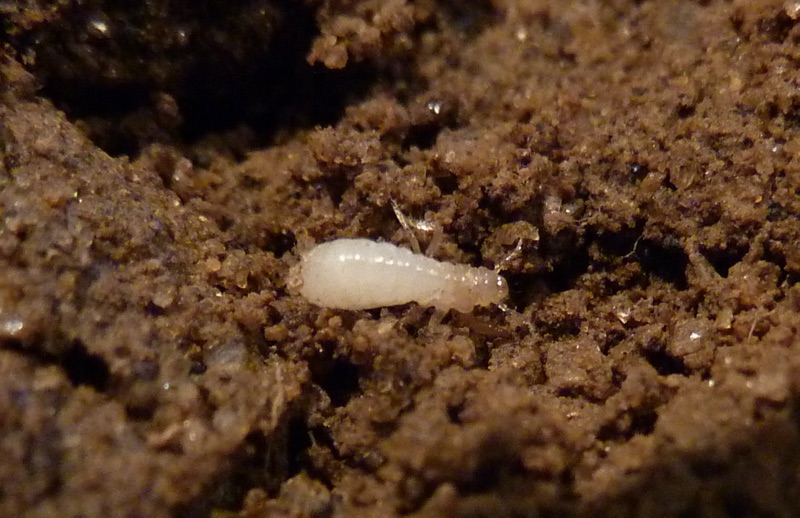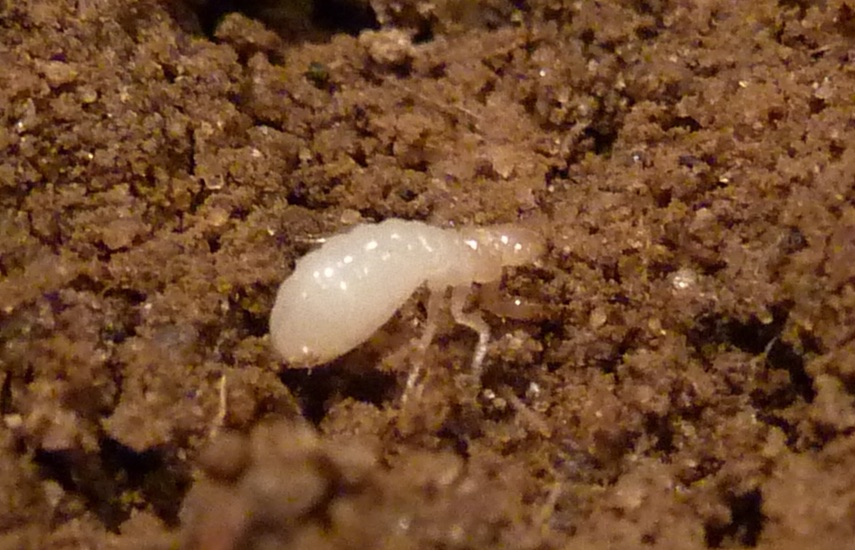A new paper about periodical cicadas! View it: https://peerj.com/articles/5282/
“The periodical cicada four-year acceleration hypothesis revisited and the polyphyletic nature of Brood V, including an updated crowd-source enhanced map (Hemiptera: Cicadidae: Magicicada)”
Authors: John R. Cooley, Nidia Arguedas, Elias Bonaros, Gerry Bunker, Stephen M. Chiswell, Annette DeGiovine, Marten Edwards, Diane Hassanieh, Diler Haji, John Knox, Gene Kritsky, Carolyn Mills, Dan Mozgai, Roy Troutman, John Zyla, Hiroki Hasegawa, Teiji Sota, Jin Yoshimura, and Chris Simon.
Abstract:
The periodical cicadas of North America (Magicicada spp.) are well-known for their long life cycles of 13 and 17 years and their mass synchronized emergences. Although periodical cicada life cycles are relatively strict, the biogeographic patterns of periodical cicada broods, or year-classes, indicate that they must undergo some degree of life cycle switching. We present a new map of periodical cicada Brood V, which emerged in 2016, and demonstrate that it consists of at least four distinct parts that span an area in the United States stretching from Ohio to Long Island. We discuss mtDNA haplotype variation in this brood in relation to other periodical cicada broods, noting that different parts of this brood appear to have different origins. We use this information to refine a hypothesis for the formation of periodical cicada broods by 1- and 4-year life cycle jumps.






























